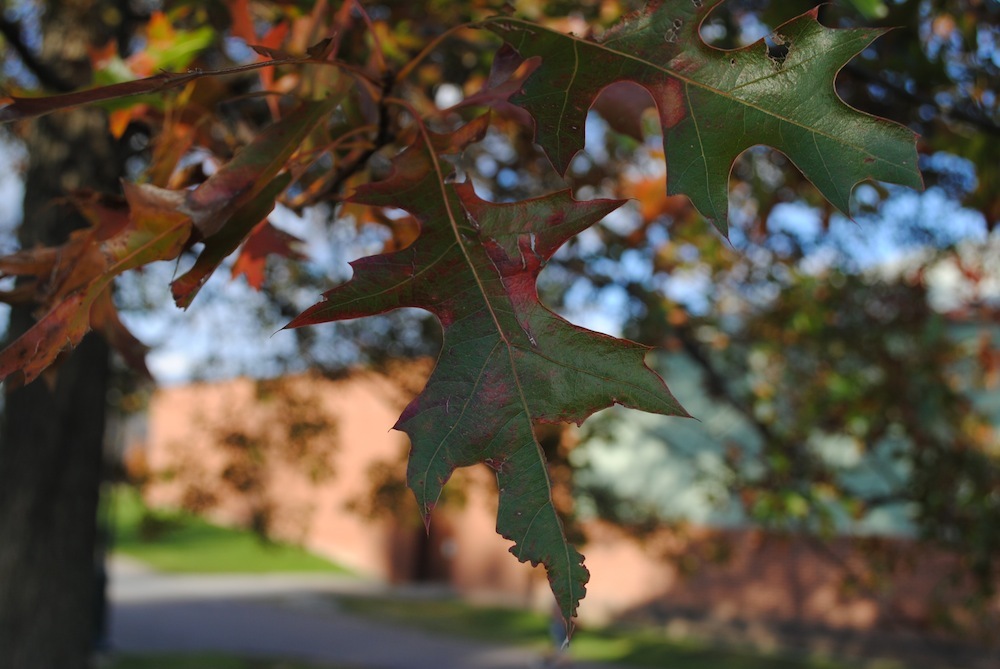Pin Oak : Pin Oak- Cultural History
The pin oak, being one of the most common trees in North America, has cultural relevance of the past. The pin oak can be found in almost all corners of the lower 48 states and has even been introduced to Australia. The tree has adaptive well to life in Australia and spans across the continent, most in the southern, cooler regions. The tree’s wide range and commonality has influenced the culture of North America. Some Native American tribes used the bark of the pin oak to create a drink that was known to treat intestinal pain and colds. The remedy concocted by the Native Americans relieved stomach pains and cramps, hemorrhages, chronic diarrhea and dysentery. The Native Americans would also grind the acorns to make coffee and soup. The acorn powder creates a thickening agent that was very useful for soups and stews.
There are many ideas on how the pin oak received its name. One of the more common beliefs is that the name comes from the small “pin knots” in the pin oak's lumber. These “pin knots” form because when the branches of the pin oaks die, the dead branches are retained for many years. Another theory for the name comes from the old practice of “pinning together” the timbers of a barn with the resilient and tough branches of the tree. Contradictory theory says that the tree’s name actually comes from the many pin-like and short branchlets that grow from the branches of the tree. During the colonial and frontier age, the wood of the tree was used as “pins” that would hold the frames of structures and buildings together, thus providing another belief of where the name pin oak derived from.

